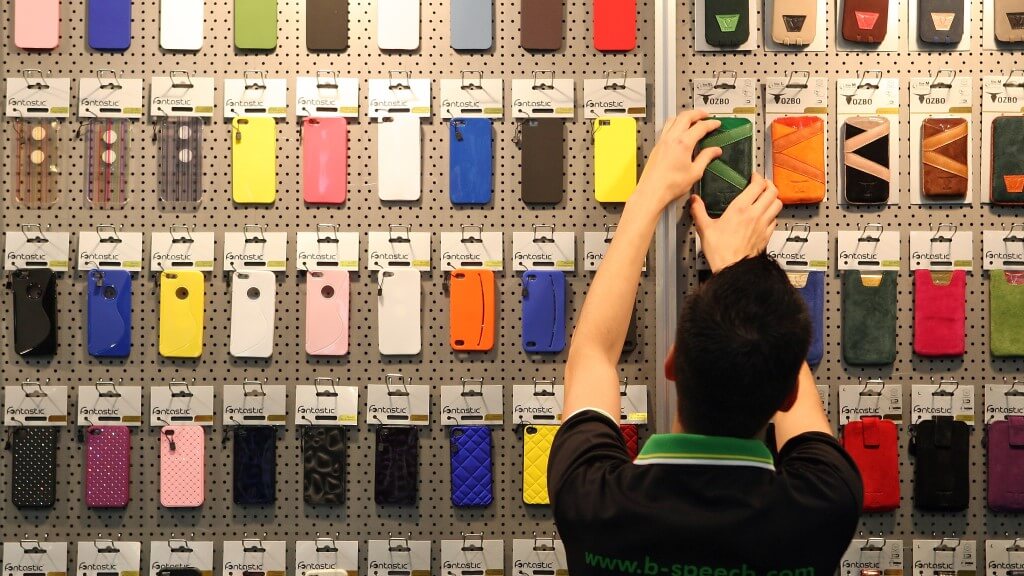The Internet of Things is an opportunity and a threat. The chance to create exciting products and services is tempered by the potential security risks - so how do we make the most of this emerging technology?
What Impact Will The Internet Of Things Have On Your Business?
The Internet of Things is an opportunity and a threat. The chance to create exciting products and services is tempered by the potential security risks - so how do we make the most of this emerging technology?

Five years ago the Internet of Things was little more than a buzzword for fridges that would text you when you were running low on milk. Fast forward to 2015 and the benefits – from managing traffic flow at airports to improving inner-city parking – are becoming much more visible, as we start to think ‘connected-first.’
We’re seeing an increase in businesses investing in resources to explore how IoT solutions can directly or indirectly impact them and create additional revenue streams.
The manufacturer of the flashing ‘Caution Children Crossing’ road signs that you see outside schools is a good example of this. In the past, the company simply sold the signs and shipped them out.
Now, embracing an IoT approach, it has built an ongoing revenue stream offering schools the chance to download term dates to the signs so that they flash only at key times and only on school days, not holidays or inset days, removing the need for school staff or crossing patrols to manually operate them.
"Unlike more hype-driven waves of technology innovation, IoT is quietly seeping into the infrastructure of our towns and cities"
So, what are the challenges of IoT?
Security: Data privacy and security remain one of the biggest perceived challenges when it comes to IoT. There are numerous headlines about individuals hacking into cars, home security systems and even electrical kitchen devices, yet many of these are no more threatening than “regular” IT security risks, which require the same mitigation remedies of diligence and common sense.
Educating staff about the possible pitfalls and outlining some of the ways they can reduce risk is essential.
Standards: One of the real barriers to universal adoption is a lack of industry standards. Each vehicle builder, device manufacturer or cloud-based data platform vendor appears to have its own island of “standards” that all differ from each other.
A need for standardisation is a familiar theme in the history of technology innovation, remember Betamax v VHS? In reality it will be some time yet before everything talks freely to everything else.
For now, this means that we’re seeing loose affiliations building patchy consensus across industry value chains and functions. While a combination of competition and consolidation will eventually drive this out, it does little in the short term to allay concerns about long-term obsolescence.
The best route to adoption
When adopting an IoT solution, companies should begin by thinking about the data they are trying to extract, rather than focusing solely on the technological challenges. Start by understanding how to generate valuable intelligence and actionable insight on the subject being monitored.
From public sector initiatives to healthcare, the most successful IoT deployments are business-case driven, with ROI projections fully explored and forensically dismantled prior to the first smart widget being screwed to a wall.
Once the benefits are identified and the mechanics understood, you may start to look at developing partnerships to help support your IoT strategy.
No single element should be treated in isolation. Everything from cloud hosting to M2M mobile data SIMs should be designed and delivered by specialists in their fields. It’s important to research the right fit technically, as well as culturally.
The user case for IoT
Unlike more hype-driven waves of technology innovation, IoT is quietly seeping into the infrastructure of our towns and cities, undertaking the most unglamorous tasks to drive efficiency.
This can range from dynamic route planning for bin-lorry crews – meaning that they only visit full bins – to re-planning equipment maintenance visits based on actual asset conditions. This means that a building’s lighting, heating and air conditioning can respond to the needs of the occupants and shut down when no one needs them.
Unlocking value
Ultimately, hard financial metrics will drive the corporate decision to deploy IoT projects. Each business will have different pain points and expectations when it comes to unlocking value.
A good starting point is to have someone in place that is responsible for the management of IoT. In the early days, this may have been the CTO or IT director. But as the benefits of IoT solutions become more visible this is shifting, with new dedicated roles being established to help organisations realise the true value of IoT.
Thanks for signing up to Minutehack alerts.
Brilliant editorials heading your way soon.
Okay, Thanks!



